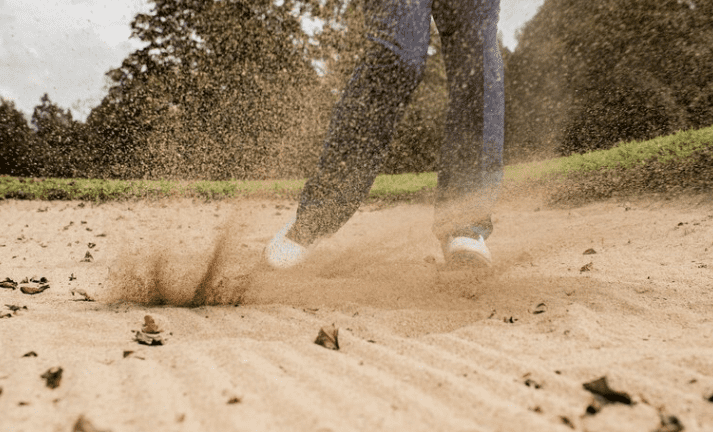Common Methods Used For Erosion Control

Construction is a constant in our rapidly developing world. Whether the project involves road maintenance or structure erection, soil erosion is a commonly occurring outcome. This wearing away of soil can be significantly harmful to the environment by polluting nearby water, damaging soil quality, and negatively impacting plants and animals in the vicinity. It can also create considerable logistical issues at the site.
Erosion is caused as earth is moved or otherwise worn away through both intentional and unintentional actions. While this may seem inevitable, there are ways to control erosion and better protect the soil integrity of surrounding natural areas, as well as at the site itself. Below, we’ll go over a few of the leading responsible practices contractors and other industry leaders can utilize to limit erosion at construction sites.
Geotextiles
Also known as construction fabrics, geotextiles are porous fabrics designed to hold the soil in place. These fabrics are effective due to advanced manufacturing processes involving fiber weaving, which securely binds them together.
They may have a closed or nonwoven surface, an open mesh weave or a warp-knitted design. Geotextiles are often placed over the soil on which earth-retaining structures, roads and embankments are built. This provides reinforcement, drainage and a specific level of protection, depending on the type of geotextile used.
Articulated Concrete Blocks
Articulated concrete blocks are also used to control erosion on embankments. These revetment systems feature interlocking joints which allow the blocks to conform to the natural shape and slope of waterway and manmade drainage channel embankments. The result is a grid of interconnected block units in the optimal shape and thickness to hold the soil in place.
Soil Nails
Another erosion control method entails drilling a series of steel bars (referred to as soil nails) deep into the earth. These soil nails are capped at the surface with a facing to establish a barrier that’s similar to a retaining wall. With a relatively quick installation process, this remedial measure treats unstable soil slopes — both natural and man-made — by providing a resisting force against slope failures.
Mechanically Stabilized Earth (MSE) Walls
Replacing many conventional reinforced concrete walls over the past few decades, MSE walls use precast concrete walls or panels filled with granular soil to form an effective barrier. The technique became a more popular option due to its enhanced soil retention capabilities on steep slopes. What’s more, MSE walls also offer high adaptability as well as an easy and speedy installation process.
Access Mats
Last, but certainly not least, there are numerous access matting solutions to help control erosion. With various applications and designs — such as crane mats, excavator mats and truck mats — this approach allows heavy equipment to access a construction site via portable work platforms. These platforms are used to create temporary paths by making wet, soft ground more stable. Doing so not only serves to protect the soil but also works to prevent costly project delays.
Interested in additional erosion control measures? Check out the accompanying resource from Yak Mat for further information.




